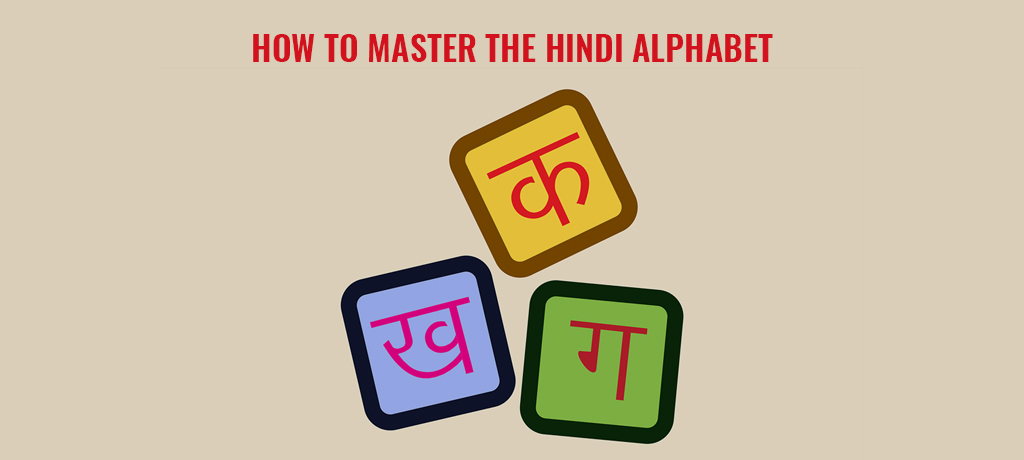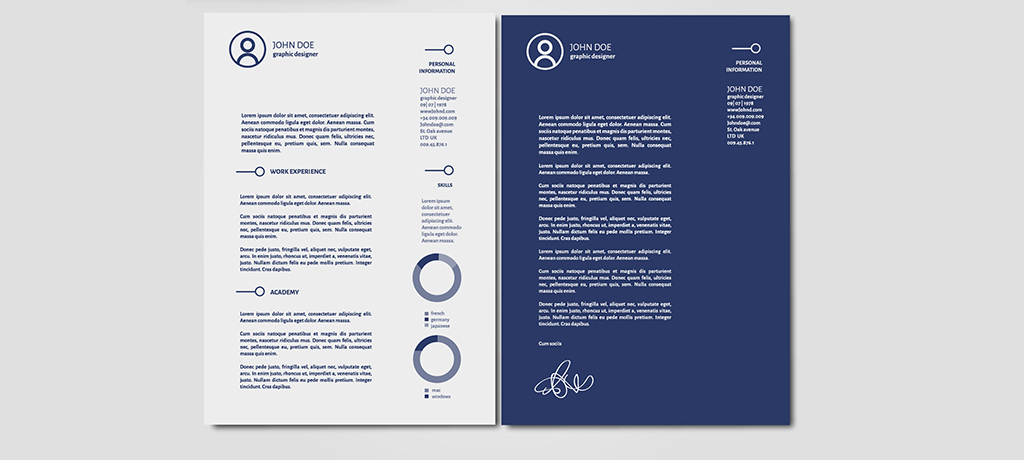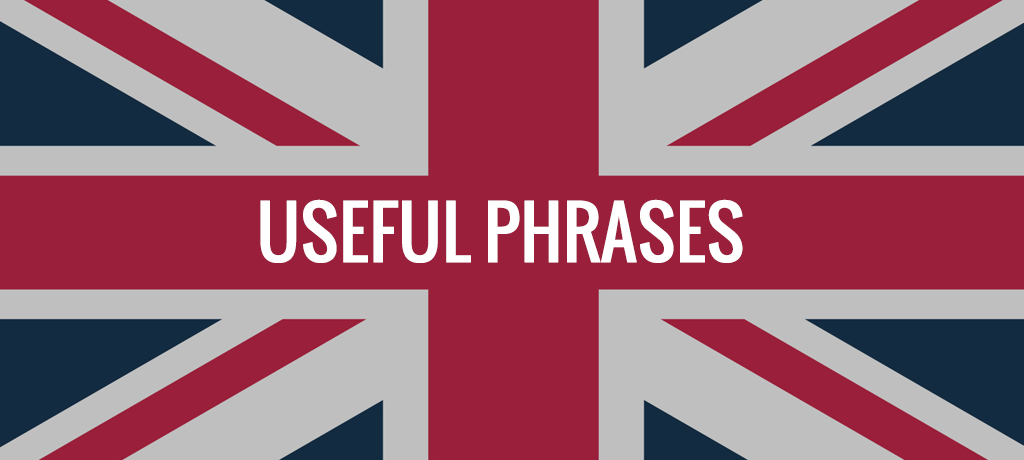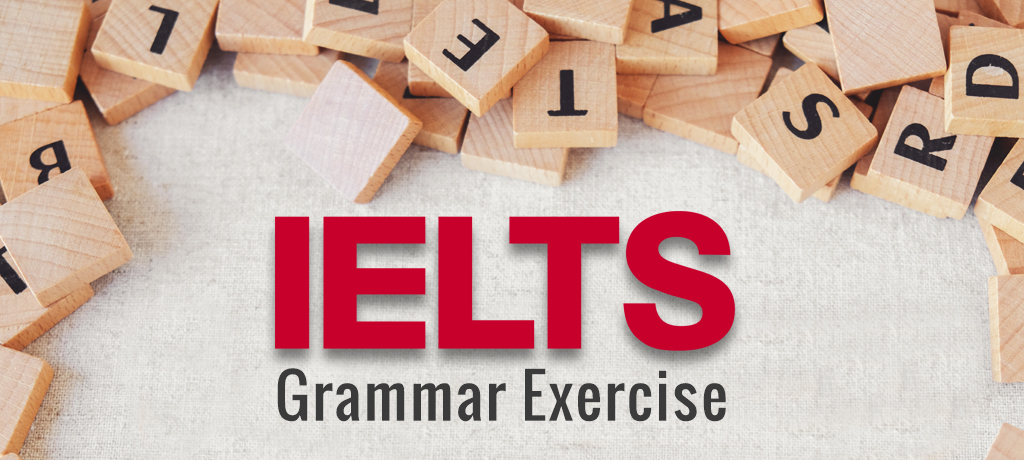Hindi is the first official language of India and is spoken across the Indian subcontinent. Hindi shares its roots with languages such as Sanskrit, Urdu, and Punjabi. Hindi will allow you to communicate with over 1 billion people on this planet and become immersed in a rich language and culture.
Learning the Hindi alphabet is very important because its structure is used in everyday conversation. Without it, you will not be able to say words properly even if you know how to write those words. The better you pronounce a letter in a word, the more you will be understood while speaking in Hindi.
Before you start, you need to learn the Devanagari script – Modern Hindi is written in the Devanagari script, which is made of two Sanskrit words: Deva, meaning ‘God’ and Nagari, meaning ‘of urban origin’. Devanagari has its origin in the Brahmi script.
Mastering the Hindi alphabet, step by step:
- 1. Study the Hindi vowels: Vowels in Hindi have two forms: one form for when they are used by themselves, and one form for when the vowel is joined to a consonant in a word.
अ a and आ aa
इ i and ई ee
उ u and ऊ oo
ए e and ऐ ai
ओ o and औ au
ऋ ri - 2. Study the Hindi consonants: There are 33 consonants in Hindi. They are organized in the alphabet according to how you use your mouth and throat to pronounce them. Hindi uses more consonants than English does, and some of them have no direct equivalent in English.
- 3Velar consonants, pronounced by using the back of the tongue at the roof of your mouth:
- Velar consonants, pronounced by using the back of the tongue at the roof of your mouth.
- Palatal consonants, pronounced by raising the front of the tongue just behind the gums.
- Retroflex consonants, pronounced by curling the tongue backwards and touching the roof of your mouth just behind the gums.
- Flap consonants, pronounced by “flapping” the tip of your tongue toward the roof of your mouth behind your upper front teeth.
- Dental consonants, pronounced by touching the tip of your tongue behind the back of your upper front teeth.
- Labial consonants, pronounced by using the lips together.
- Semivowels are vowel-like consonants.
- Sibilant consonants, pronounced by using the tip of the tongue to push air out in a hissing noise.
- Glottal consonants, pronounced by using the glottis.
- 3. Distinguish between “voiced” and “unvoiced” consonants: Hindi consonants have two basic different ways of pronouncing them: voiced and unvoiced.
- Voiced consonants are pronounced by vibrating your vocal cords.
- Unvoiced consonants are pronounced without vibrating your vocal cords.
- 4. Distinguish between “aspirated” and “unaspirated” consonants: Hindi consonants also fall into two basic subcategories, unaspirated and aspirated. You can have unvoiced unaspirated consonants, unvoiced aspirated consonants, etc.
- Aspiration is another term for a burst of air released through your mouth.
- The only way to understand how this works in Hindi is to listen to recordings.
- 5. Listen to a recording of the Hindi alphabet and then try to mimic the recording:
- Listen to the recording a few times, pause the recording and try to copy the pronunciation of the speaker.
- Take your time and work your way slowly through the alphabet.
- 6. Learn how to write the Hindi alphabet: It’s easy to learn the Devanagari script if you practice them, by repeating at least five times.
So, the above were some of the basic concepts in Hindi alphabets. Let us know about the problems you are facing in the comment section below. We would love to hear from you and resolve your queries!









